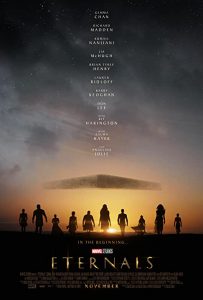 Retroactive continuity is a tool honed to perfection in two art forms[1]: soap operas and superhero comic books. These forms share a lot else in common. They are a) both extremely long-form storytelling where b) the people writing today do not have a plan past the next ten or twelve episodes at the most, c) they both have cliques of characters that mostly hang out together but occasionally cross over with other cliques, and even more rarely all come together for some kind of huge event, and they both d) have dedicated, opinionated fanbases who have stuck around for decades but e) are written so that someone can drop in at practically any moment and be able to catch up.
Retroactive continuity is a tool honed to perfection in two art forms[1]: soap operas and superhero comic books. These forms share a lot else in common. They are a) both extremely long-form storytelling where b) the people writing today do not have a plan past the next ten or twelve episodes at the most, c) they both have cliques of characters that mostly hang out together but occasionally cross over with other cliques, and even more rarely all come together for some kind of huge event, and they both d) have dedicated, opinionated fanbases who have stuck around for decades but e) are written so that someone can drop in at practically any moment and be able to catch up.
A “retcon” is when a writer comes up with a story idea that does not match the established continuity of the previous stories, continuity that may be established over years or even decades, but then decides that the story idea is good enough to run with anyway, and comes up with a way to mesh their idea into the long-term continuity retroactively, so that this new continuity was always true, it’s just that the audience and often the characters weren’t aware of it.
Which brings me to Eternals, the (if I counted right) 26th movie released in the Marvel Cinematic Universe. (It is important to now note that this review will contain, and in fact for the eagle-eyed reader perhaps already does contain, mild spoilers. It’s not too late to stop. But it nearly is.) A movie which, early in the first act, reveals that for over 7000 years a group of cosmically-powered people called Eternals, at the behest of a group we’ve heard of before called Celestials (aka space gods like you might have seen out in space, at Knowhere or (possibly but probably not) Ego for example), were sent from the planet Olympia[2] to Earth to defend a barely established mankind from creepy mostly-made-of-tendrils monsters called Deviants, and that those Eternals have been here ever since. Yep, even then.
While that is not the only apparent retcon in the movie[3], it is the least spoilery one, and therefore I am at the end of my review, leaving only two details to add. First, the capsule plot of the movie is that, oops, the Deviants are back, so now the Eternals have to come out of the shadows they’ve been hiding in for at least the past fifteen years and who knows how much longer, to do their jobs once more. Second, to the extent that I am familiar with these characters, which is about half of them: yep, this was written by someone who understood the fundamental natures of the characters, and in particular the portrayal of Ikaris gives me hope that Mr. Fantastic will be done right someday.
[1] and almost certainly badly misused anywhere else. Not guaranteed to be, but it’s the safe way to bet.
[2] I think this is a little funny, but it’s hard to explain why.
[3] I have some opinions here.
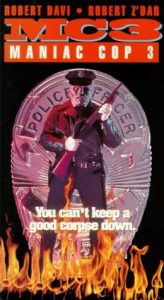 As you will no doubt remember from Maniac Cop and Maniac Cop 2[1], there was a maniac cop who was actually sort of undead too?, and who got the best of both Richard Roundtree and Bruce Campbell, which lets you know he was a badass. And it turns out that he’d been sold out by the city and left to die in prison, and once that truth was revealed he was able to rest in peace, secure in the knowledge that a balanced view of both sides of cops (ie, way too much brutality and people should be terrified of law enforcement, or else cops should protect each other unless it’s actually a bad apple, which it somehow never is though) had been presented over the course of the two films. And if that “balanced” message has aged badly, it’s still impressive that anyone was presenting a two-sided message in the late ’80s, instead of only the one side you’d expect.
As you will no doubt remember from Maniac Cop and Maniac Cop 2[1], there was a maniac cop who was actually sort of undead too?, and who got the best of both Richard Roundtree and Bruce Campbell, which lets you know he was a badass. And it turns out that he’d been sold out by the city and left to die in prison, and once that truth was revealed he was able to rest in peace, secure in the knowledge that a balanced view of both sides of cops (ie, way too much brutality and people should be terrified of law enforcement, or else cops should protect each other unless it’s actually a bad apple, which it somehow never is though) had been presented over the course of the two films. And if that “balanced” message has aged badly, it’s still impressive that anyone was presenting a two-sided message in the late ’80s, instead of only the one side you’d expect. The movie starts with a high overhead shot of aquamarine water, and zooms down beneath the waves to something cloudy spurting from a crack in a rocky wall at the ocean’s bottom. We are told via music cues that this is ominous. The movie ends, if you were to play this scene backwards (dialogue excepted) with a high overhead shot of aquamarine water, tracking down to a beach and then a woman lying on her back on the beach, rocking slightly and saying over and over to herself, or possibly to the audience (since she’s speaking directly into the camera), “Don’t be scared. Don’t be scared.”
The movie starts with a high overhead shot of aquamarine water, and zooms down beneath the waves to something cloudy spurting from a crack in a rocky wall at the ocean’s bottom. We are told via music cues that this is ominous. The movie ends, if you were to play this scene backwards (dialogue excepted) with a high overhead shot of aquamarine water, tracking down to a beach and then a woman lying on her back on the beach, rocking slightly and saying over and over to herself, or possibly to the audience (since she’s speaking directly into the camera), “Don’t be scared. Don’t be scared.”
 The first few minutes of
The first few minutes of 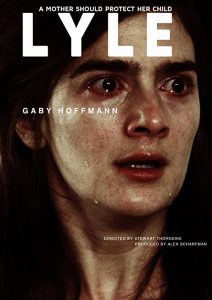 Here’s a movie you’ve seen at least a hundred times before: pregnant lady, around whom strange things are happening. (Most obviously, the accidental(?) death of her toddler child in the new Brooklyn apartment they just moved into.) The two possibilities presented are a) she’s paranoid or b) Satanism!
Here’s a movie you’ve seen at least a hundred times before: pregnant lady, around whom strange things are happening. (Most obviously, the accidental(?) death of her toddler child in the new Brooklyn apartment they just moved into.) The two possibilities presented are a) she’s paranoid or b) Satanism!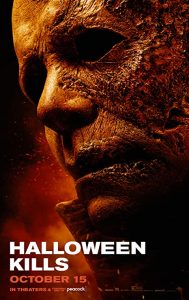 From a plotting perspective,
From a plotting perspective, 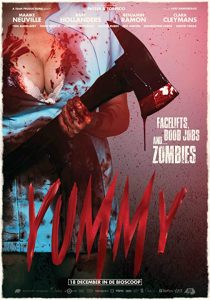 Since I saw
Since I saw 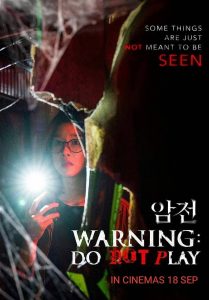
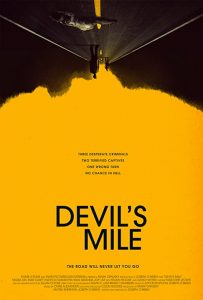 I almost wish
I almost wish